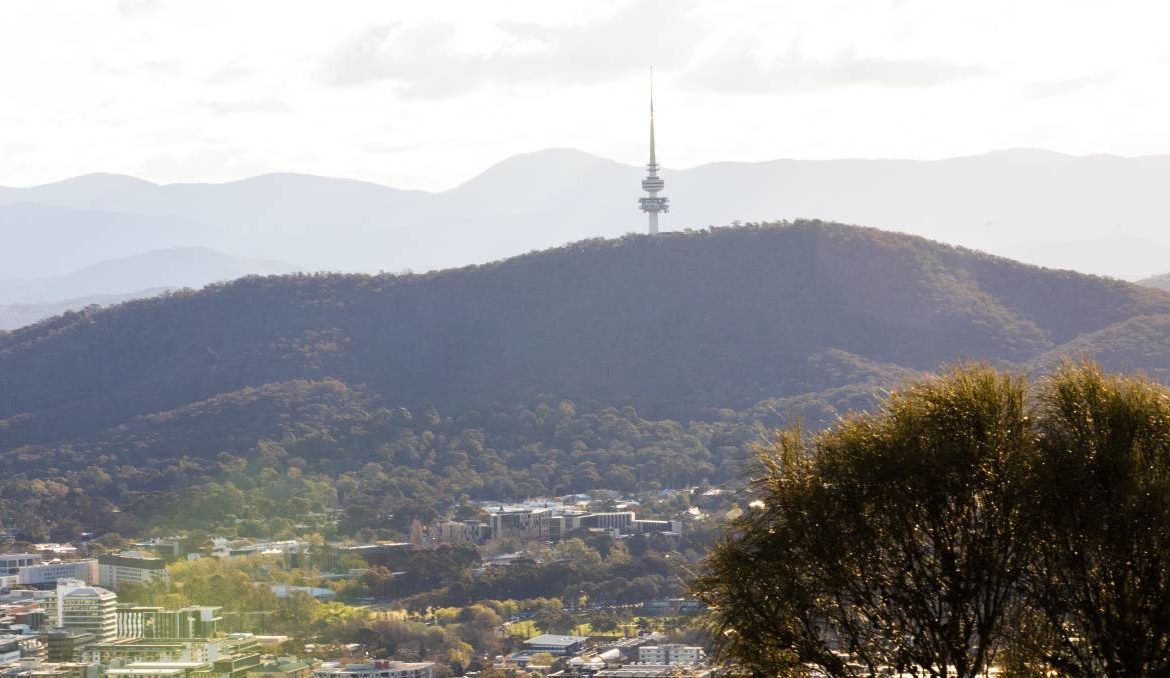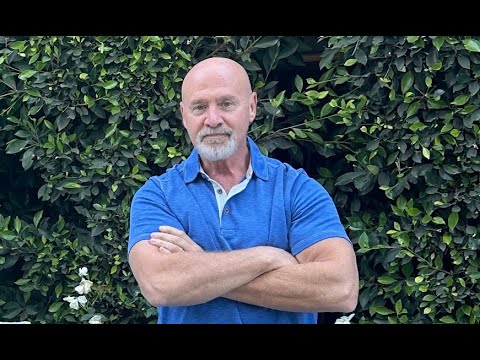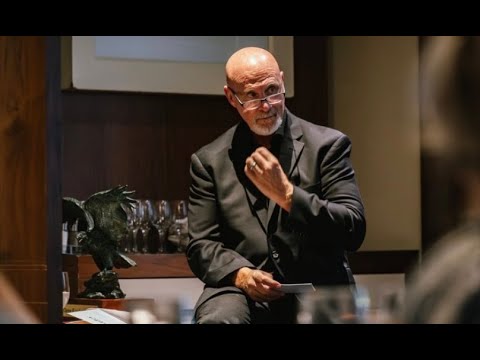news, latest-news,
Names of some of Canberra’s key landmarks, including Black Mountain and Mount Ainslie, should be changed to acknowledge their Indigenous history, a Ngunnawal elder appointed to the ACT Heritage Council says. Caroline Hughes said she would advocate to have the names “respectfully changed” under a dual naming process. “[These landmarks] did have names for thousands upon thousands of years before the recent non-Indigenous history,” Mrs Hughes said. “We would look at dual naming similar to how Uluru was dual-named with Ayers Rock originally.” Mrs Hughes, who is a member of the ACT Aboriginal and Torres Strait Islander elected body, said she wanted to see significant Ngunnawal sites recognised and protected by the heritage council. “There is one particular site near the Tuggeranong Homestead – it was a significant site for ceremonies here in ACT,” she said. “There are recordings by non-Indigenous people of the significance of the site as well as being a site where Ngunnawal marriages took place.” Four new members were appointed to the heritage council on Tuesday, with Dr Kenneth Heffernan appointed chair and Dr Laura Dawes appointed deputy chair. Heritage Minister Rebecca Vassarotti also appointed Professor Nicholas Brown, a historian at the Australian National University; Sarah Jane Brazil, a world heritage expert; and Alison Archer, a conservationist and community representative. Mrs Hughes said she held a mantle of responsibility as a Ngunnawal elder to listen to and advocate for the needs of Ngunnawal people. “It’s not just about me and my values, it’s about the collective of the Ngunnawal people. Our identity is more than an individual,” she said. “Sometimes the community may have a different priority to what I may personally have and I need to listen to what my community wants.” Mrs Hughes said understanding Canberra’s shared history was an important part of moving forward. “With that shared history is the opportunity for other appointed members to learn from me, as I’m there to learn from them and work in partnership together,” she said. “We believe that we’ve been here since time immemorial, so Ngunnawal were the very first voices heard in this land and the first footprints on this land. “We have been designing our landscape throughout time and I can see how we can work together in identifying Ngunnawal places that can complement the urban planning.” The heritage council has faced an increasing number of applications to protect sites, with the number of submissions increasing by one-third in the last financial year. Figures have shown 904 requests were sent to the council during the 2019-20 financial year, up from 663 requests in the previous financial year. The number of nomination requests made to the council for a site to be eligible for heritage listing has almost doubled since 2015-16, when 517 submissions were made. Our journalists work hard to provide local, up-to-date news to the community. This is how you can continue to access our trusted content:
/images/transform/v1/crop/frm/j2iwCiKfwhVWJky39Vsdpt/b20d0c54-8828-44a3-88b4-643c1708ec03.jpg/r3_400_4998_3222_w1200_h678_fmax.jpg
Names of some of Canberra’s key landmarks, including Black Mountain and Mount Ainslie, should be changed to acknowledge their Indigenous history, a Ngunnawal elder appointed to the ACT Heritage Council says.
Caroline Hughes said she would advocate to have the names “respectfully changed” under a dual naming process.
“[These landmarks] did have names for thousands upon thousands of years before the recent non-Indigenous history,” Mrs Hughes said.
“We would look at dual naming similar to how Uluru was dual-named with Ayers Rock originally.”
Mrs Hughes, who is a member of the ACT Aboriginal and Torres Strait Islander elected body, said she wanted to see significant Ngunnawal sites recognised and protected by the heritage council.
“There is one particular site near the Tuggeranong Homestead – it was a significant site for ceremonies here in ACT,” she said.
“There are recordings by non-Indigenous people of the significance of the site as well as being a site where Ngunnawal marriages took place.”
Four new members were appointed to the heritage council on Tuesday, with Dr Kenneth Heffernan appointed chair and Dr Laura Dawes appointed deputy chair.
Heritage Minister Rebecca Vassarotti also appointed Professor Nicholas Brown, a historian at the Australian National University; Sarah Jane Brazil, a world heritage expert; and Alison Archer, a conservationist and community representative.
Mrs Hughes said she held a mantle of responsibility as a Ngunnawal elder to listen to and advocate for the needs of Ngunnawal people.
Caroline Hughes wants to see the ACT Heritage Council protect more places of significance to Ngunnawal people. Picture: Jamila Toderas
“It’s not just about me and my values, it’s about the collective of the Ngunnawal people. Our identity is more than an individual,” she said.
“Sometimes the community may have a different priority to what I may personally have and I need to listen to what my community wants.”
Mrs Hughes said understanding Canberra’s shared history was an important part of moving forward.
“With that shared history is the opportunity for other appointed members to learn from me, as I’m there to learn from them and work in partnership together,” she said.
“We believe that we’ve been here since time immemorial, so Ngunnawal were the very first voices heard in this land and the first footprints on this land.
“We have been designing our landscape throughout time and I can see how we can work together in identifying Ngunnawal places that can complement the urban planning.”
The heritage council has faced an increasing number of applications to protect sites, with the number of submissions increasing by one-third in the last financial year.
Figures have shown 904 requests were sent to the council during the 2019-20 financial year, up from 663 requests in the previous financial year.
The number of nomination requests made to the council for a site to be eligible for heritage listing has almost doubled since 2015-16, when 517 submissions were made.
Our journalists work hard to provide local, up-to-date news to the community. This is how you can continue to access our trusted content:







